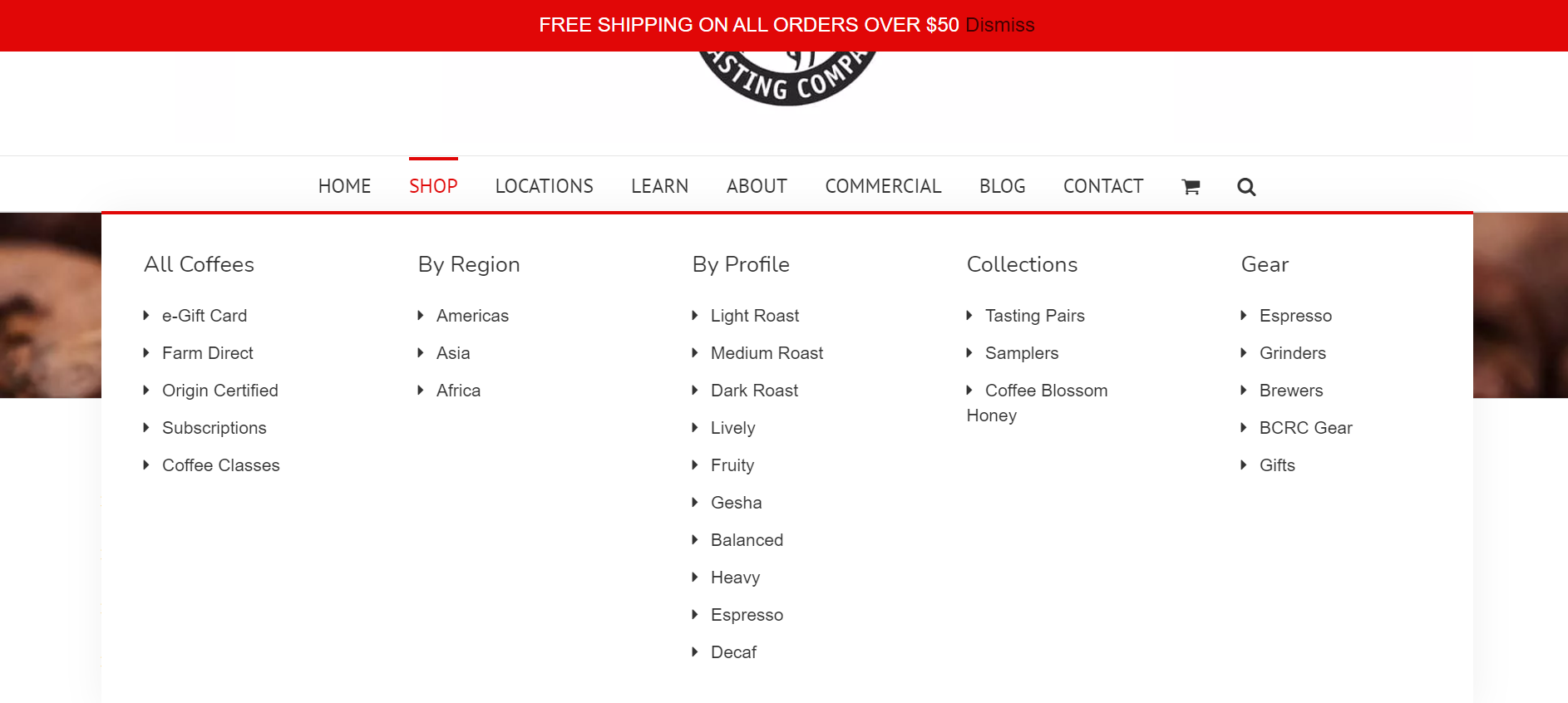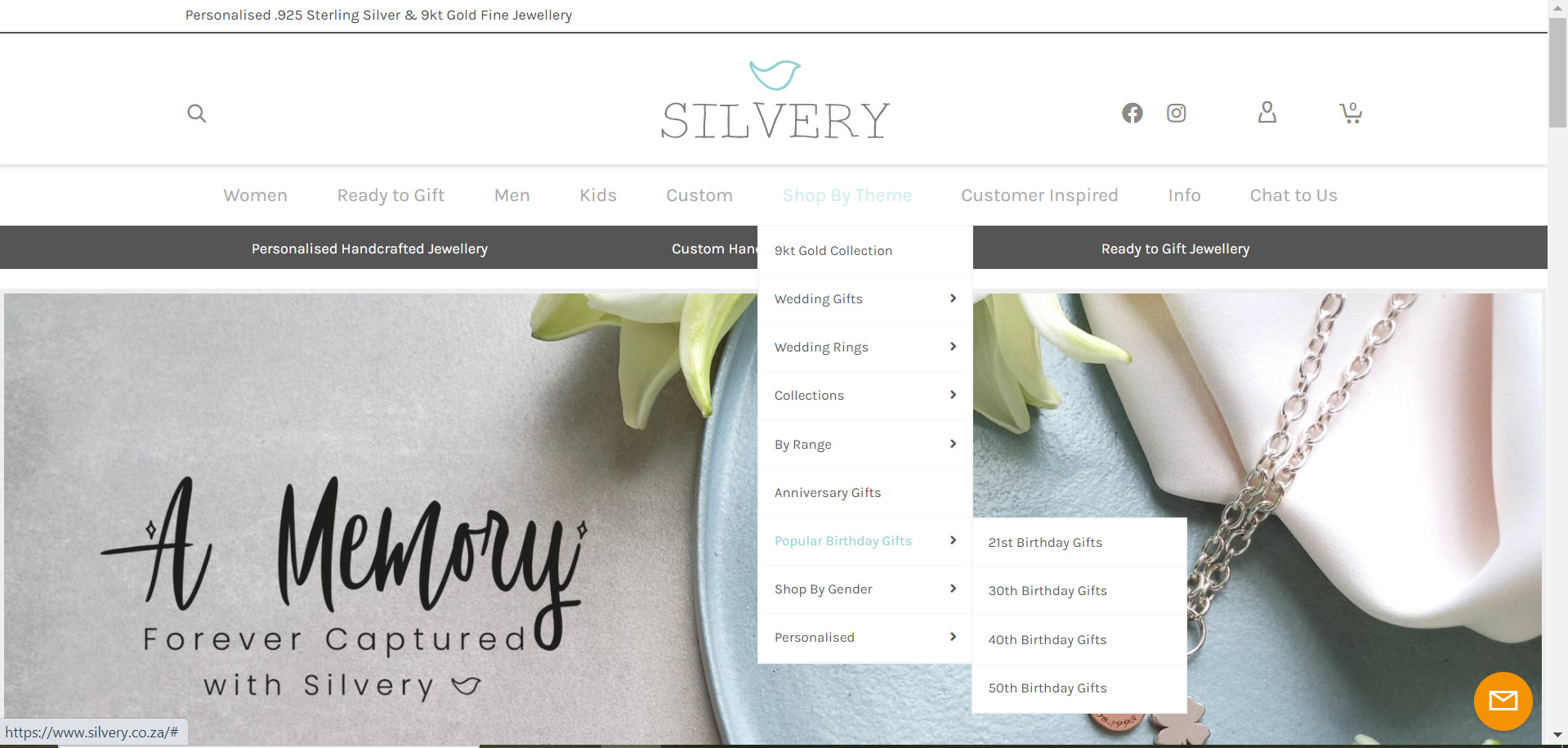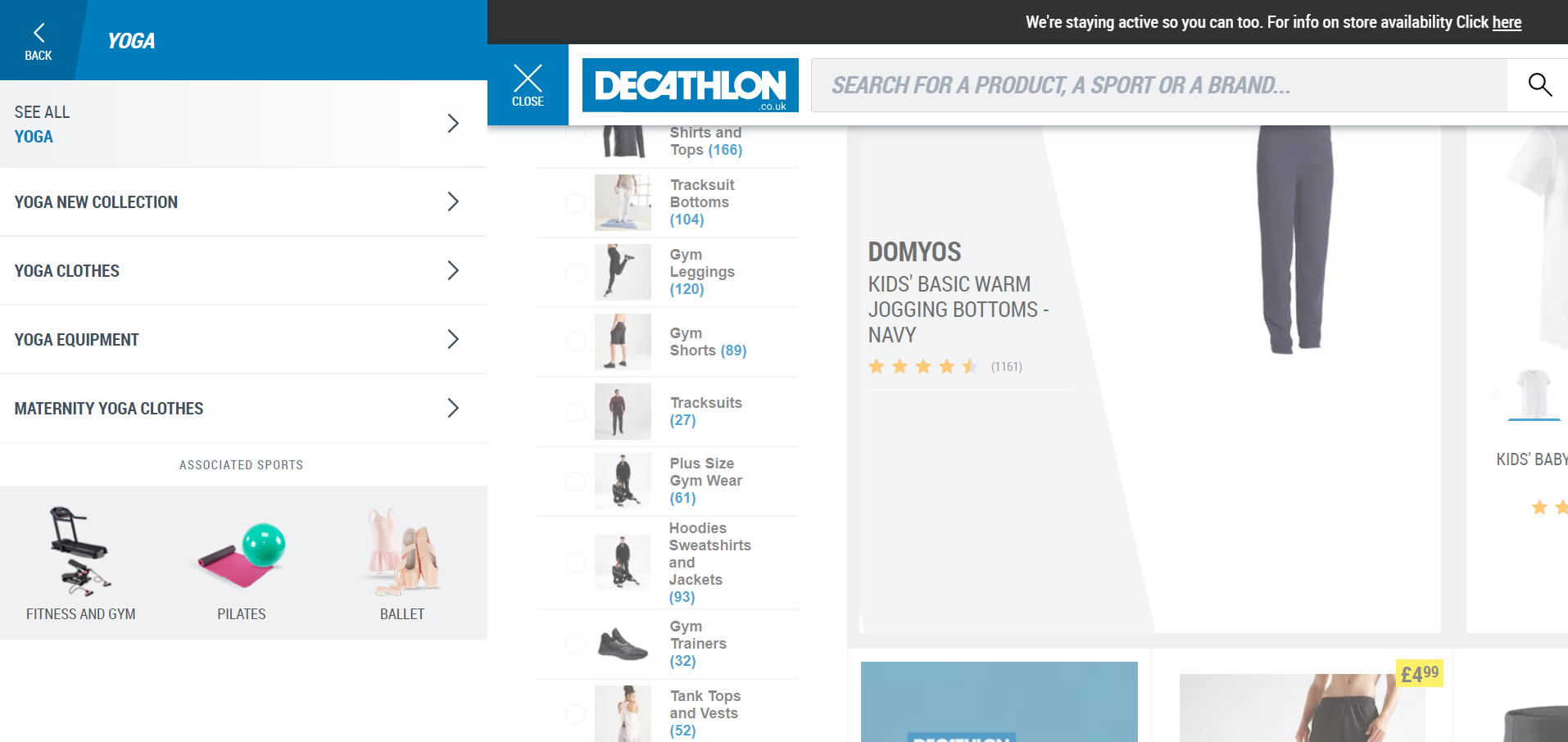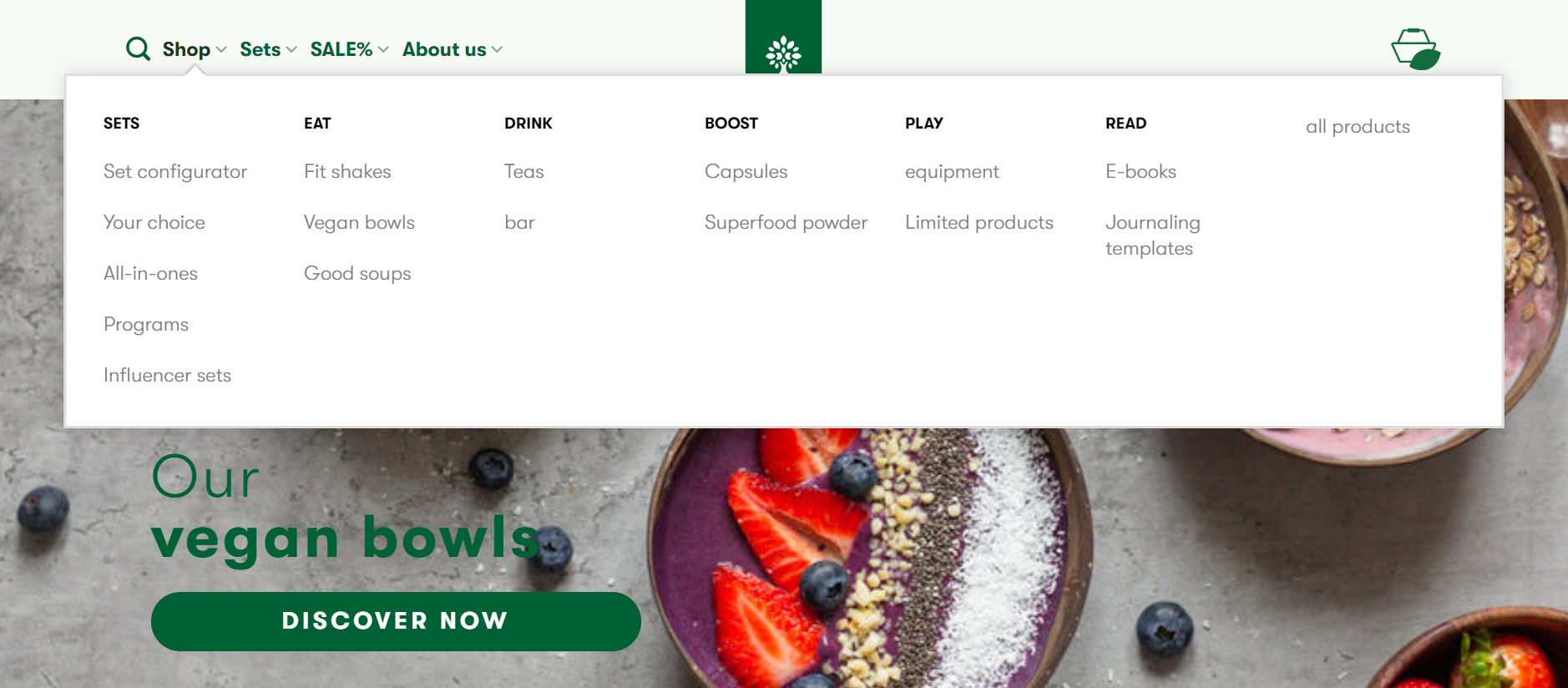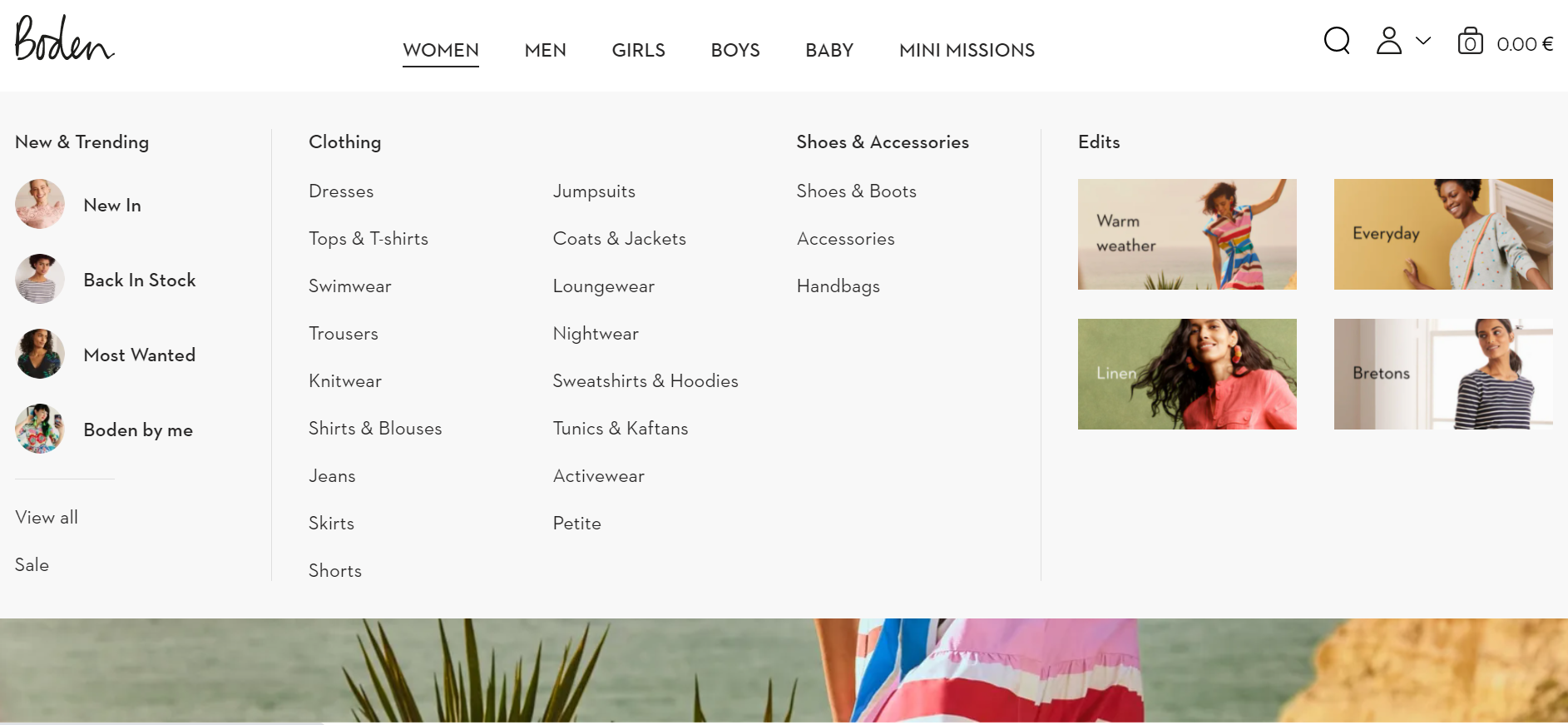
Ecommerce product categorization: underutilized insights for remarketing
The right product categorization helps you with remarketing later. When you categorize your products thoughtfully, you are able to draw insights from people’s shopping behavior and use it for engaging remarketing campaigns after.
What categories people shop says tons about their needs and wants, and makes segmentation so much easier and relevant. This type of product insight takes you a big step ahead in knowing your customers and their motivations for shopping.
This approach to product categorization will help you:
- Reengage customers at the right time when they are interested in your products again
- Have a reason to reconnect and upsell with the next suitable product
- Send relevant offers based on the buyer persona and create a better relationship, customer experience, and easier next conversion
- Retain customers because of their satisfaction with your approach and understanding of their needs
- Improve SEO and catch high-intent visitors by making it easy to find exactly what they’re looking for
Let’s look at those in more detail.
Product categorization for easier segmentation
So how to categorize your products to help personalize marketing later?
Make the categories meaningful enough so when filtering later by category shopped, you actually have an insight about the customer – they eat vegan or they have a 5-year old kid or they work in an office.
That will help you reach them with better and relevant offers. There’s no use sending offers for baby products to people who only bought Lego for adults, right? Or jogging gear when they got yoga pants?
This includes keyword research to make sure how people call your products – use their words if you want them to find you.
Also, such segmentation will save you from reaching sensitive customers with irrelevant offers they might not take very well.
For example, a promo for plus-size clothing can make a petite woman very angry and vice versa (I say this from personal experience!).
Taking customer preferences seriously and playing along will be highly appreciated – people want to get useful offers, not just anything.
More on creating your website navigation with smart categories in mind here.
Here are some ideas about categorizations to use – if they fit your products, of course.
By intended user
Apart from the obvious Women/ Men/ Unisex/ Kids, you can break down by other user personas to get an even more detailed customer profile:
Maternity/ Petite/ Tall/ Plus-size
Kids by age
Dogs or cats by age/ dietary need
Gifts for mother/ father/ sister/ baby/ coworker
By preference (see the example by Barrington Coffee below, where they let coffee connoisseurs quickly find their favorite roasts by region and profile – essential to the product experience)
These let do better customer retention:
- Send tailored content for this particular age group or user.
- Cross-sell and upsell a lot more effectively with only truly suitable products.
- When you know they have a kid aged 2, it’s easy to suggest suitable products and work up to the next age group as the kid grows.
- Next Mother’s or Father’s or simply same time next year touch base again to see if they need a gift for this person again.
By occasion
The reason for shopping is a huge giveaway of the customer’s motivations, needs and even price sensitivity.
Categorization by occasion makes navigation a lot easier and faster for the customer – they don’t need to sift through irrelevant products. Also, categorization by price is a great way to create customer segments by budget.
Wedding season – guest/ mother-of-the bride
First day of school/ Work from home/ Baby shower/ Job interview/ Relocating
Secret Santa gifts under $5/ $10/ etc.
Office/ work from home/ vacation/ beachwear
Gifts for anniversary/ graduation/ new home/ new baby, etc.
The example by Silvery below shows how they target very specific gift giving occasions and help customers find the right products immediately.
What to do with such segmentation?
- Retarget on social media while the need is still hot
- Customize your next product offer to fit the next stage of customer’s life – if they just moved, maybe they need new bed sheets; if they just started a new job, maybe they need more suit jackets
- If they shop from the beachwear or vacation (limited-time) categories, offer an essentials pack – a bundle to strike a second order while you still can and clear some stock.
- If they shopped for gifts, take into account what kind of a gift it is and work from there: reengage again next year, or nurture with related content until they decide to buy for themselves, or keep reminding them of your brand with curated gift ideas for the same occasion in case they need more gifts of the same kind.
Related: How to turn gift buyers into loyal customers
By use or need
Especially if you sell a wider range of products, it will make everyone’s life easier if you categorize them by need they cover.
Imagine going through Decathlon’s huge range of products in search of maternity yoga clothes in particular, without being able to filter by sport! People would give up fast.
By sport
By diet
By type (for ready meals) – snack/ lunch/ daily menu, etc.
By skin/ hair type
Segmenting by customer need is the most logical one – why send them an offer for a teenage acne product when they shop the 60+ dry skin section? Continuous engagement and nurturing with customized content based on that need will also stimulate customer loyalty.
Natural mojo’s website below has a very creative product categorization – Eat/ Drink/ Boost/ Play/ Read that works perfectly both with the products and the way their customers shop.
By way of shopping
No matter what you do, some people will always shop at discount only (maybe they can’t afford your regular price at all) or the newest launches only (they know their size goes out of stock first). It’s their way and you’d better adapt to it.
Filtering by categories like
New/ sale / back in stock / % off/ last chance
you can tell who will pay the full price and who’s looking for deals. Thus, you can save on price reductions for some customer segments to protect your margin a bit.
On the other hand, the others, shopping clearances only, are great brand fans if they come back repeatedly to check if there’s something for their budget. They deserve some love and cool offers.
Boden, for example keeps tabs both for Back in stock (because loyal fans check back and often) and Sale (where customers with lower budgets can find deals).
To sum up
Clever product categorization not only helps your customers shop easily. It also helps you extract more insights about them and customize your marketing accordingly without being too intrusive. It’s a win-win.
With Metrilo, you can filter customers by category shopped, tag them and engage them with offers – both manually and automatically. Check it out.
Build and grow your ecommerce brand
Metrilo’s mission is to help you build your ecommerce brand and win your place in the customer’s heart. We share what we learn from our daily work with product innovators and founders here. Subscribe to our weekly newsletter to get the freshest lessons and conquer your niche.
We promise, no spam.
Thank you for subscribing!
See you soon :-)
